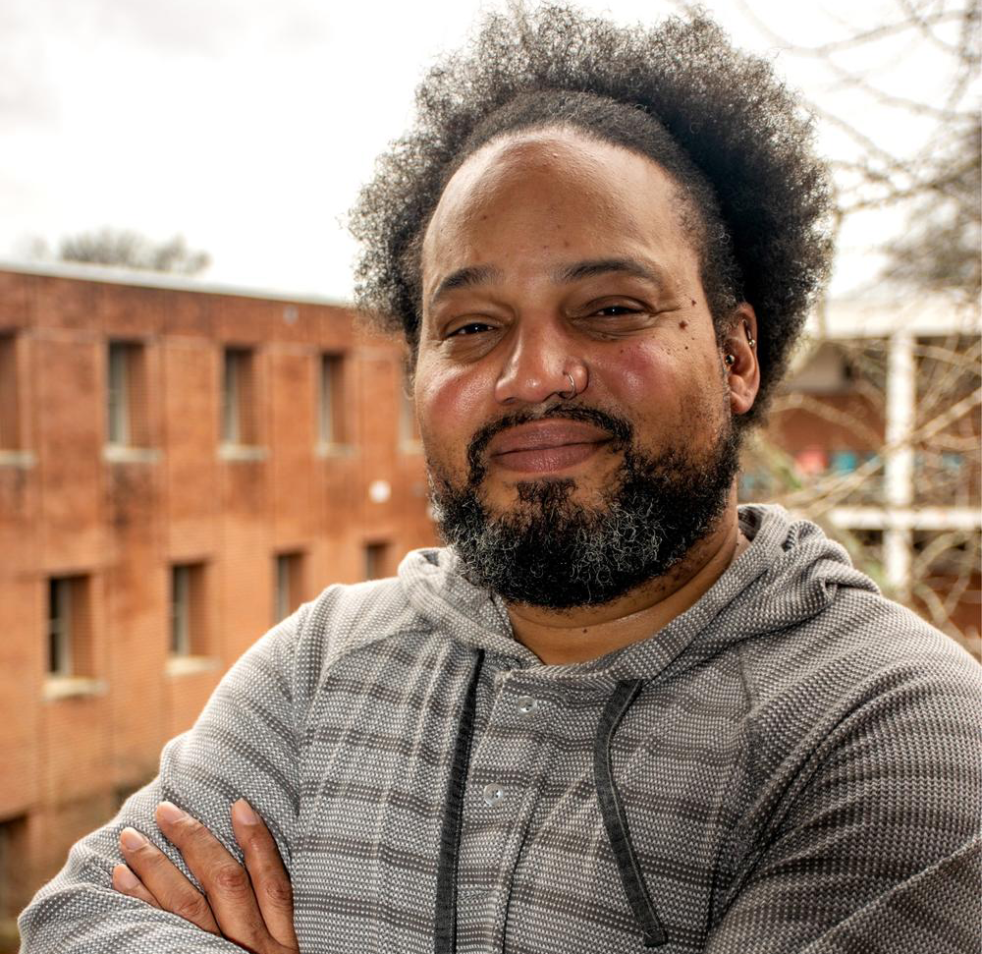In the spirit of progress and service, Tech continues to make an effort to support research opportunities for faculty and students outside the classroom, and more than ever, outside organizations are offering generous contributions to make that happen. Tech’s reputation as a research Institute is backed up by $1.06 billion dollars in project funding last year.
The funds received represent innovation in a variety of disciplines, both within schools at Tech and even across universities.
Dr. André Brock, an associate professor in the LMC department, recently was invited to an interdisciplinary project that received $4.8 million of funding from the Andrew W. Mellon Foundation to study digital inequality.
With the grant, the Mellon Foundation allowed for the creation of DISCO: the Digital Inquiry, Speculation, Critique and Optimism network. Brock joins six professors from across America to collaborate on the research, with the University of Michigan housing its office and a lab for studying how disability access relates to the digital realm.
Brock teaches classes on social media, science and race, and media studies for LMC students and spends time outside the classroom researching racial representation in technology. His book, Distributed Blackness: African American Cybercultures (NYU Press, 2020), explores how race and ethnicity are far from erased online and in fact, expressions of Blackness help to craft and create digital spheres that society uses today.
Through his participation in the DISCO network, Brock will bring his expertise on digital infrastructures and how that relates to identity to an emerging academic field.
Tech faculty’s research receives recognition through outside grants in disciplines across campus as well. Another notable sum of $2.2 million from the Toyota Research Institute (TRI) will go towards Tech’s Institute for Robotics and Intelligent Machines.
“This new phase of university research is about pushing even further and doing so with a broader, more diverse set of stakeholders. To get to the best ideas, collaboration is critical. And we sought out universities like Georgia Tech that share our vision of using AI for human amplification and societal good. The funded projects will contribute to two TRI focus areas: automated driving and home robotics,” said Eric Krotkov, TRI chief science officer.
With the grant money, Dr. Seth Hutchinson of the robotics department at Tech plans to develop realistic driving simulations to test self-driving vehicles. Other parts of the project aim to explore how robot-human interaction could help older adults age more independently.
Another interesting project taken on in the School of Architecture stemmed from a $500,000 grant from the U.S. National Science Foundation (NSF)’s Partnerships for Innovation. Their grant plans to develop more sustainable wind turbines. Wind turbines are heralded as a zero emission source of energy, but the materials for the blades are made from a less sustainable fiber-reinforced polymer.
Dr. Russell Gentry became the principal investigator for the project after researching ways to repurpose retired wind blades.
“In our foundational NSF grants, our team demonstrated the potential for wind blade re-use and the positive environmental benefits that will come from the re-use of these amazing composite materials in civil infrastructure,” said Gentry.
So far, the grant money will go towards creating full scale prototypes for more sustainable wind turbine infrastructures in an on-campus Digital Fabrication Lab.
“The success of our project comes from the diverse talents and viewpoints represented on the team. It’s rare to have architects, engineers and social, geospatial and environmental scientists working on the same fundamental problem,” said Gentry. “As we move to commercialize, we are building an entrepreneurial team and linking with industry. We look forward to seeing our re-use applications implemented in the next three years.”
